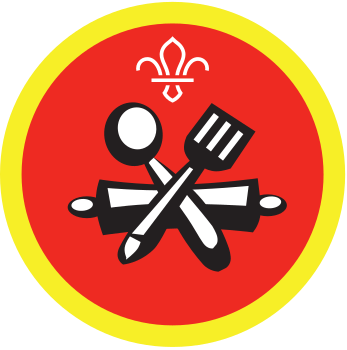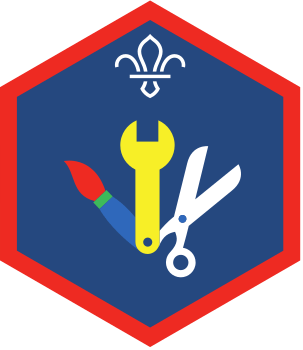Food-doku
You’ll need
- Scissors
- Glue sticks
- Coloured pens or pencils
What makes up a healthy lifestyle?
Learn about living healthily by heading over to our healthy lifestyles page.
Healthy top tipsBefore you begin
- Print the ‘Food-doku puzzles, templates and pictures’ sheet. There should be one per group. Cut out the food images on the last page with scissors.
Get puzzled
- Everyone should get into small groups and talk about what you need to eat in a healthy diet. The person leading the activity should go around and remind everyone of the main food groups on The Eatwell guide: fruit and vegetables, carbohydrates, proteins, fats/oils and dairy. Everyone should be aware of the amounts of these foods that are needed for a healthy lifestyle.
It may be useful to print a copy of the 'The Eatwell guide’ for everyone, if they don’t already have one, or to stick one up on the wall.
- The person leading the activity should hand out the Food-doku puzzles to the groups for them to solve, as well as the food symbols. Everyone should start with the ‘beginner’ puzzle, move onto the ‘intermediate’ puzzle and try the ‘advanced’ puzzle if they have time. This should take 20 minutes.
To complete a smaller grid, place the food symbol cut-outs into the empty squares in a way that makes every row and column (up-and-down or side-to-side) of foods make up a balanced diet. Each row or column should contain at least one fruit, vegetable and carbohydrate, and a protein, piece of dairy or glass of water. In larger grids, each row or column should contain each food symbol only once.
- When the time has passed, the person leading the activity should give out the Food-doku templates. Everyone should use a glue stick to stick the food symbol cut-outs to the blank grids and create their own puzzles for the other groups to solve. Swap templates to try each other’s.
Reflection
The group has tried to do some sudoku puzzles with food symbols. Did you manage to get a healthy balance of food groups in each row and column, or did you find yourself forgetting them? Did it make it easier to have the food symbols in front of you to remind you what was needed? How could food symbols help you remember to eat healthily in real life?
Doing sudoku puzzles is a popular pastime and they can often be found in newspapers and magazines. Did you enjoy the challenge of lining up the food items to balance each row and column? Standard sudoku puzzles are played with numbers and each row or column must contain the numbers 1-9, similarly to the hard Food-doku puzzle in this activity. Next time you see one, give it a try to test your brain.
Safety
All activities must be safely managed. You must complete a thorough risk assessment and take appropriate steps to reduce risk. Use the safety checklist to help you plan and risk assess your activity. Always get approval for the activity, and have suitable supervision and an InTouch process.
- Scissors
Supervise young people appropriately when they’re using scissors. Store all sharp objects securely, out of the reach of young people.
- Glue and solvents
Always supervise young people appropriately when they’re using glue and solvent products. Make sure there’s plenty of ventilation. Be aware of any medical conditions that could be affected by glue or solvent use and make adjustments as needed.
The sudoku puzzles have difficulty ratings so that everyone can take part.
Cue cards might be useful to help anyone who might get distracted easily during this activity.
All Scout activities should be inclusive and accessible.
Try out a sudoku puzzle in a newspaper or magazine. It’s best to start with an easy one!


